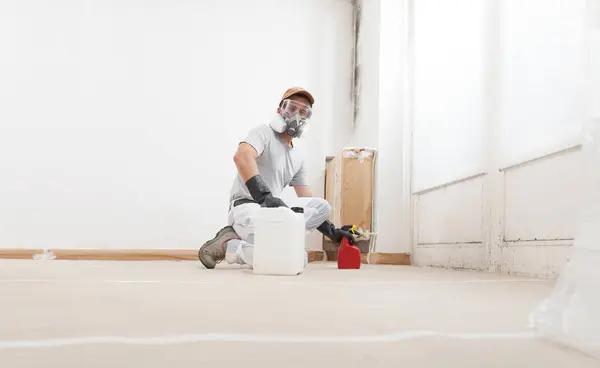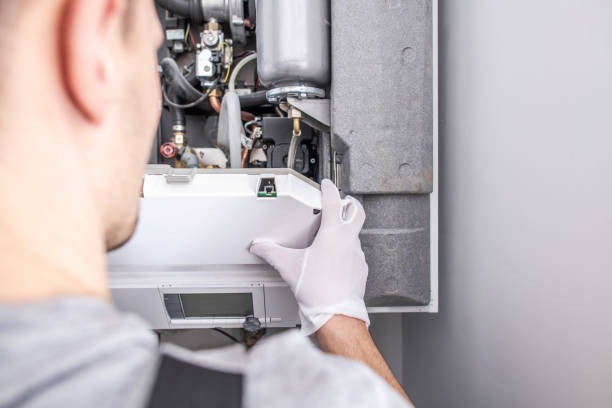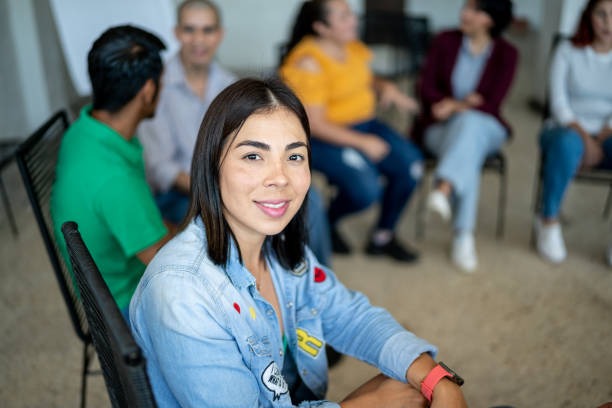High-altitude painting presents unique challenges that require specialized knowledge and skills, making the expertise of Colorado Springs professionals essential. The region’s elevation, climate variations, and environmental factors all influence how paint behaves on surfaces, demanding a tailored approach to ensure lasting results. Unlike standard painting projects at lower elevations, high-altitude conditions can affect drying times, adhesion quality, and the overall durability of coatings. Therefore, relying on experts familiar with these variables is crucial for both residential and commercial properties in Colorado Springs.
One primary concern in high-altitude painting is the reduced atmospheric pressure. At higher elevations like those found in Colorado Springs-roughly 6,000 feet above sea level-the air contains less oxygen and moisture than at sea level. This difference alters how solvents evaporate from paint products. Paint tends to dry faster under these conditions because evaporation occurs more rapidly without sufficient humidity to slow it down. While this might sound beneficial initially, quick drying can lead to improper curing or surface defects such as cracking or blistering if not managed correctly by experienced painters.
Additionally, temperature fluctuations are more extreme in mountainous regions compared to lowland areas. Daytime temperatures may be warm enough for ideal application conditions but can drop sharply after sunset or during sudden weather changes common in Colorado Springs. These swings impact paint flexibility and bonding strength since some paints become brittle when exposed to cold soon after application. Professionals who understand local weather patterns know when best to apply certain coatings and which formulations perform optimally under these circumstances.
Sun exposure also plays a significant role at high altitudes due to thinner atmosphere layers filtering ultraviolet (UV) rays less effectively than at lower elevations. UV radiation accelerates paint degradation through fading and chalking over time if inadequate protective measures are taken during preparation or product selection stages. Local specialists choose advanced paints with enhanced UV resistance designed specifically for places like Colorado Springs where sunlight intensity is stronger year-round.
Furthermore, surface preparation demands careful attention because mountain environments often expose materials like wood or metal structures to harsher wear from wind-driven debris and moisture intrusion caused by snowstorms or heavy rainfalls typical of the area’s variable climate cycle throughout seasons. Skilled contractors assess existing damage meticulously before repainting so that primers or sealants appropriate for outdoor protection are applied properly.
In summary, high-altitude Carroll Painting requires an understanding of environmental influences uncommon elsewhere but critical around Colorado Springs’ elevated terrain. Hiring local experts ensures that each project addresses factors such as rapid drying rates due to low humidity, temperature extremes affecting film formation, increased UV radiation impacting longevity of finishes, plus rigorous surface prep adapted for mountain weather effects-all contributing toward superior appearance and extended lifespan of painted surfaces under challenging conditions specific to this unique geographic location.
Carroll Painting
4419 Centennial Blvd, Colorado Springs, CO 80907
719-491-8257



